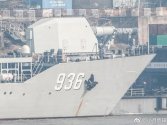Japan to build two ASEVs, scheduled for commissioning in 2027 and 2028 respectively.
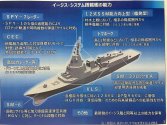
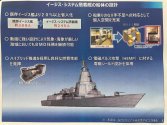
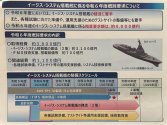
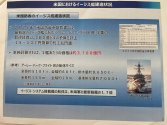
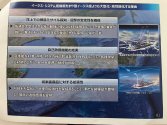
Posted by @lfx160219 on Weibo, alongside the following stats:
Further reading:
~~~
Few personal comments:
1. Looks quite like a DDG(X)-copy, lol.
2. The design has been scaled down from the 20000-ton range to the 10000-ton range, which is within ballpark of the 055 DDGs.
3. The ASEV ships are somewhat larger than the 055s, and with the standard displacement of 12000 tons, I believe that duo's full displacement could reach as high as 1~5000 tons.
4. The weapon loadouts, while slightly more than the 055s, doesn't seem to be out of the norm, i.e. widely expected for a major surface combatant of the 2020s and beyond, regardless of country of origin.
5. The stated complement for the ships is 240, which is 60 fewer than the predecessor Maya DDGs. Expect significant amount of automations that are akin to the Mogami FFGs onboard.
6. AN/SPY-7 radar is indeed something to keep a tab on.
Last-but-not-least: China, better get ready to roll out the upgraded variant/successors to the 055 and 052D, aye?





Posted by @lfx160219 on Weibo, alongside the following stats:
Length: 190 meters
Beam: 25 meters
Displacement (Standard): 12000 tons
Complement: 240
Expected procurement cost: 395 billion JPY (~2.7 billion USD)
Equipped with:
- AN/SPY-7 radar
- 1x 62-calibre 5-inch gun
- 1x 30mm remote-controlled cannon
- 128x VLS cells (most likely Mark 41), equipped with Tomahawk cruise missiles (installed after 2032), SM-3 Block IIA, SM-6 and Glide Phase Interceptor (GPI) missiles.
- Type 12 surface-to-surface(ship) missiles (installed after 2032)
- Laser-based CIWS (installed after 2032)
Further reading:
~~~
Few personal comments:
1. Looks quite like a DDG(X)-copy, lol.
2. The design has been scaled down from the 20000-ton range to the 10000-ton range, which is within ballpark of the 055 DDGs.
3. The ASEV ships are somewhat larger than the 055s, and with the standard displacement of 12000 tons, I believe that duo's full displacement could reach as high as 1~5000 tons.
4. The weapon loadouts, while slightly more than the 055s, doesn't seem to be out of the norm, i.e. widely expected for a major surface combatant of the 2020s and beyond, regardless of country of origin.
5. The stated complement for the ships is 240, which is 60 fewer than the predecessor Maya DDGs. Expect significant amount of automations that are akin to the Mogami FFGs onboard.
6. AN/SPY-7 radar is indeed something to keep a tab on.
Last-but-not-least: China, better get ready to roll out the upgraded variant/successors to the 055 and 052D, aye?

